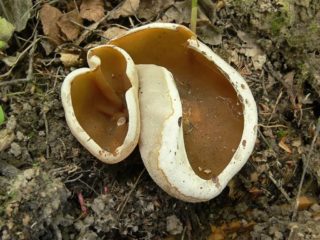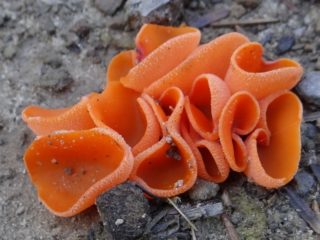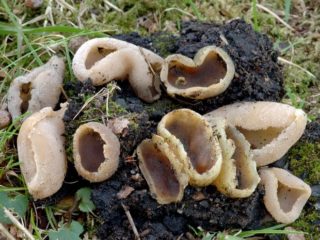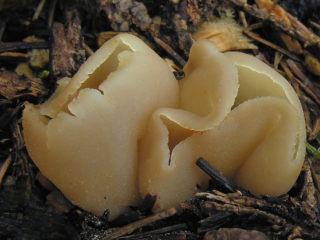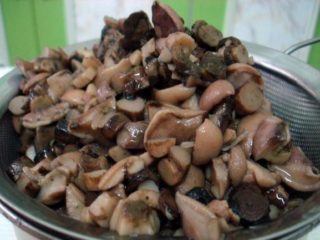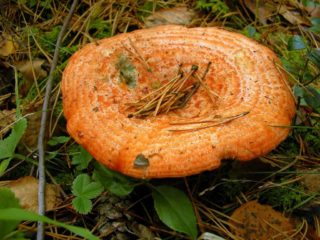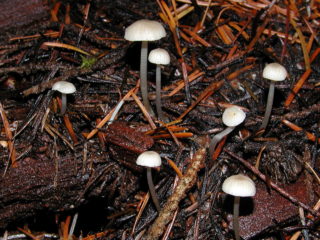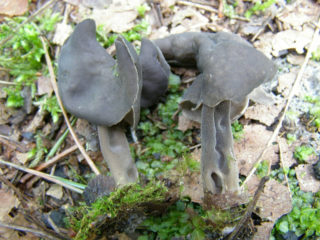Content
There are many fruit bodies in nature, the appearance of which differs from the standard concepts of edible mushrooms. Brown pecica (dark chestnut, chestnut, Peziza badia) is an ascomycete of the Pecice family, distributed throughout the planet, distinguished by an extraordinary appearance and form of growth.
What does brown pecica look like?
The fruiting body does not have a stem or a cap. At a young age, it is practically a ball, open only at the top. As it ripens, it opens more and more and becomes like a brown bowl with a diameter of up to 12 cm. The inside is painted in olive, orange or brick color, similar in texture to wax. The outer side is rough, grainy. Here the hymenophore is formed and the spores mature.
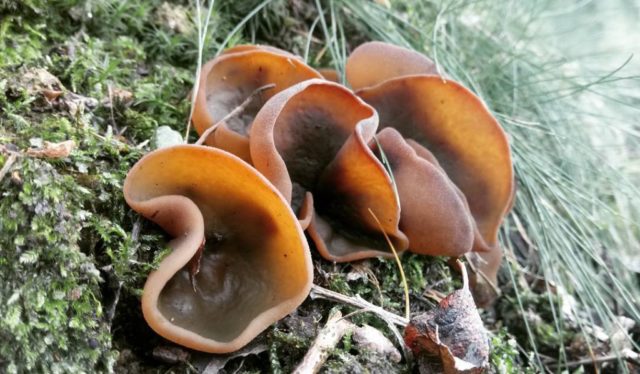
Brown pecica sits on a woody substrate
Where and how it grows
This mushroom is cosmopolitan. It grows on rotten wood, stumps, dead wood remains and is distributed throughout the land except Antarctica. Loves moisture, coniferous substrate. Occurs in small groups from late May to September with 5-6 fruiting bodies.
Is the mushroom edible or not
The mushroom is edible, but does not have a strong taste. According to the testimony of mushroom pickers, after its use, a strange aftertaste remains. Petsica is boiled for 10-15 minutes and added to vegetable stew, fried, pickled. But it is good in dried form as a seasoning.
Doubles and their differences
One of the closest in appearance double is the changeable petsica. At an early age, it resembles a grayish-brown bowl with uneven edges, which subsequently opens up to a saucer-like shape of a dark brown, brown color. The pulp is dense, tasteless, conditionally edible.
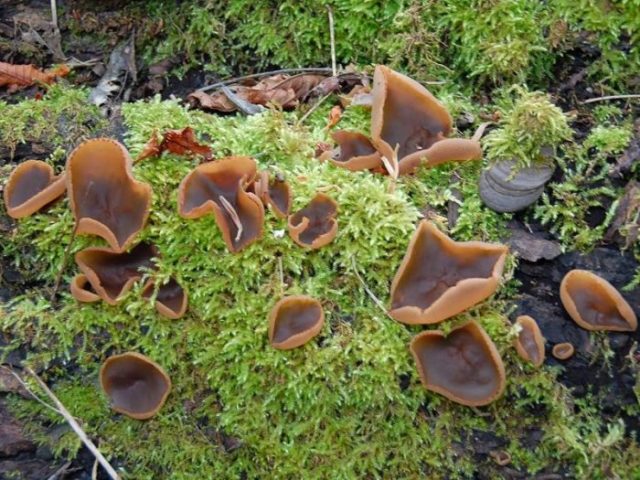
Pecitsa changeable - a small funnel-shaped bowl
Conclusion
Brown pecica is an edible mushroom. The specimen is widely used in traditional medicine, but its use must be based on accurate scientific research.
